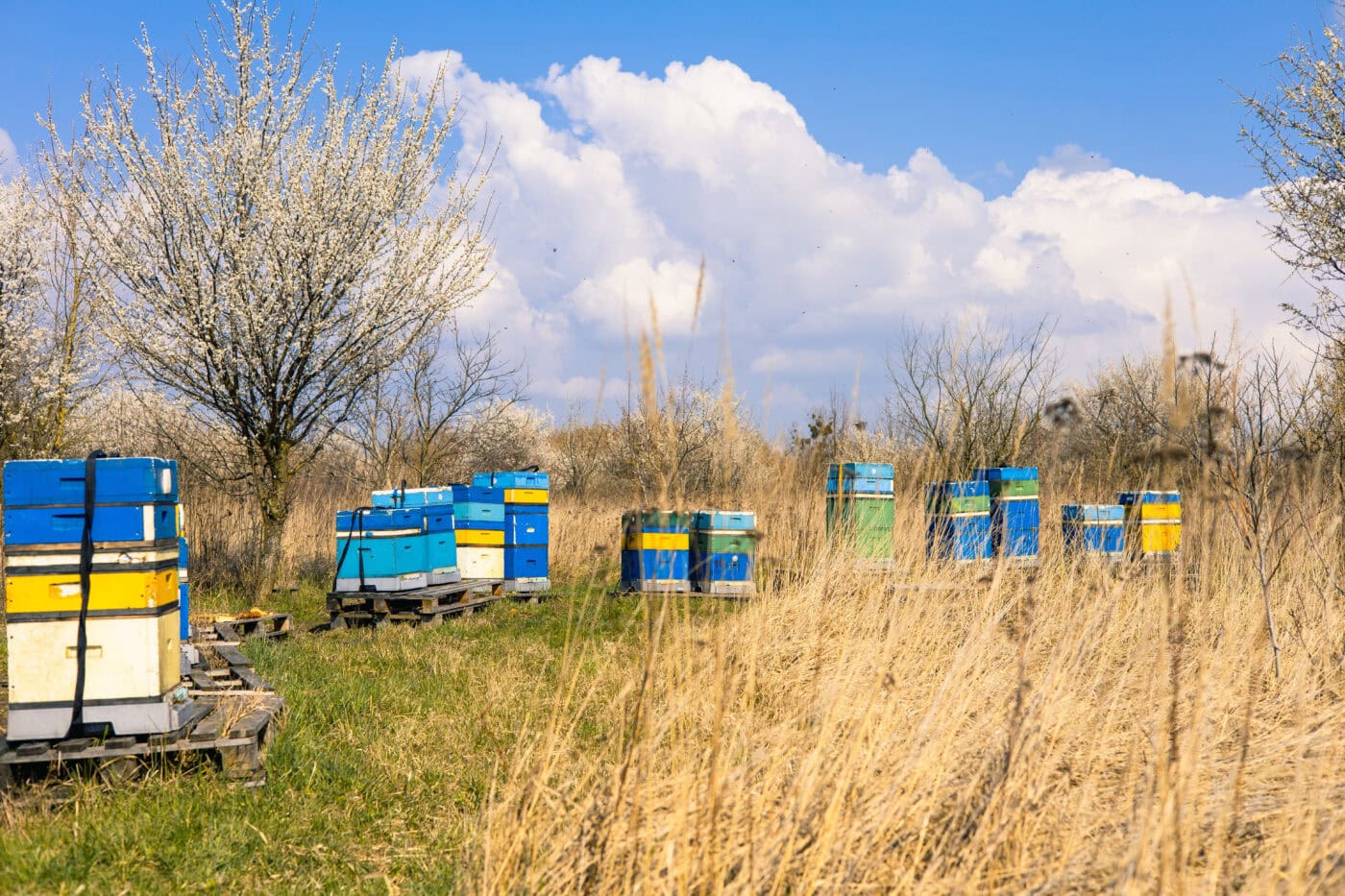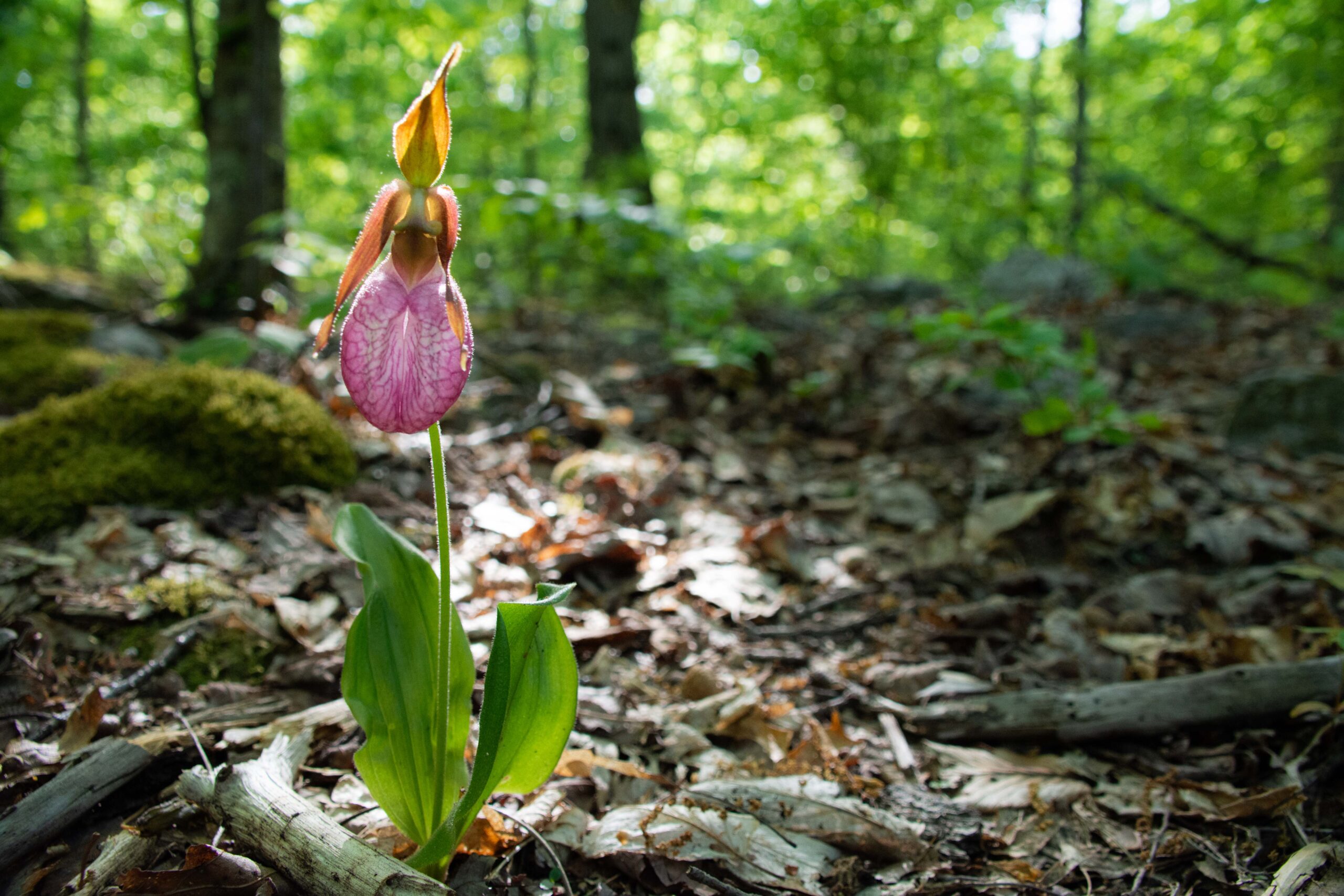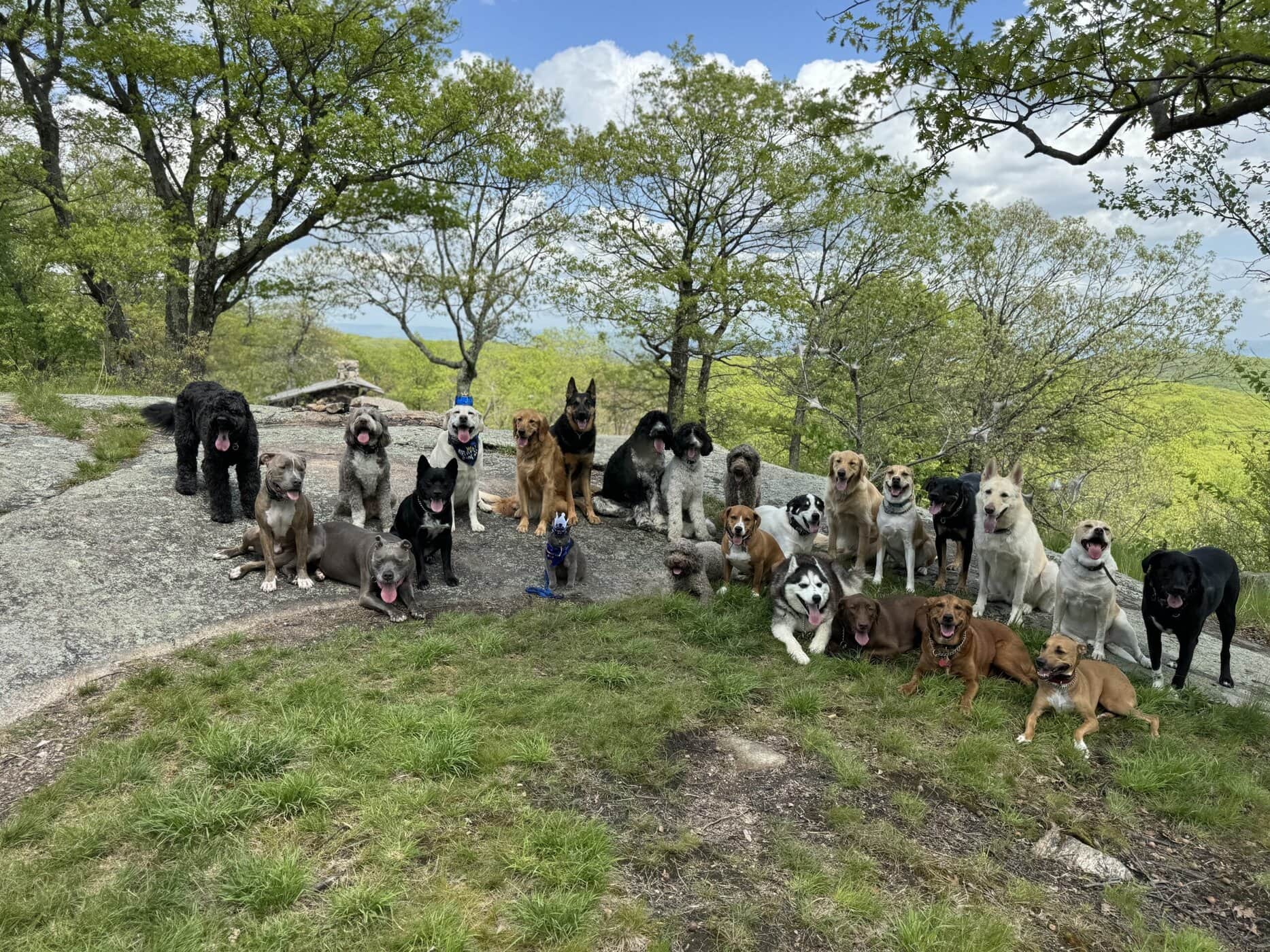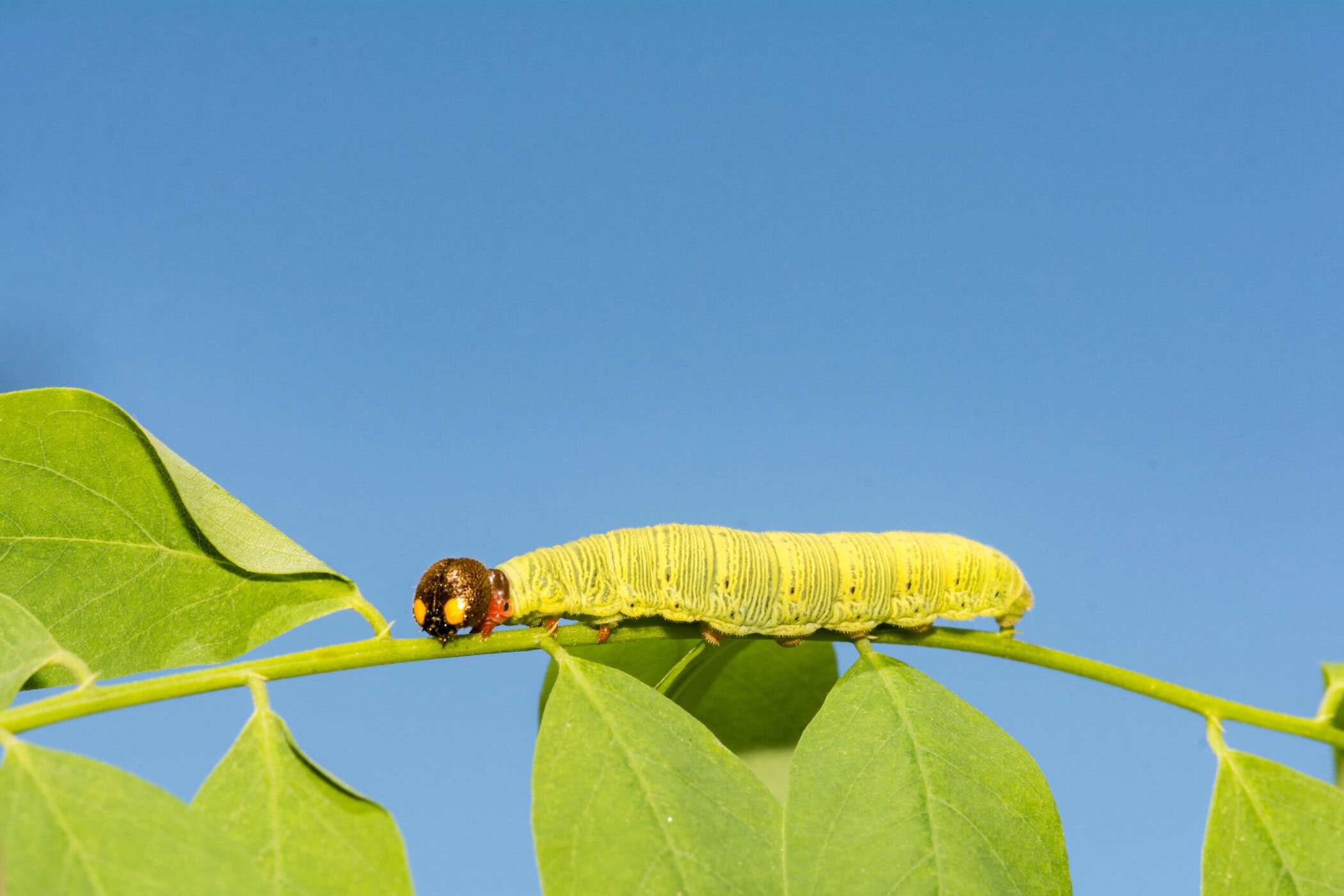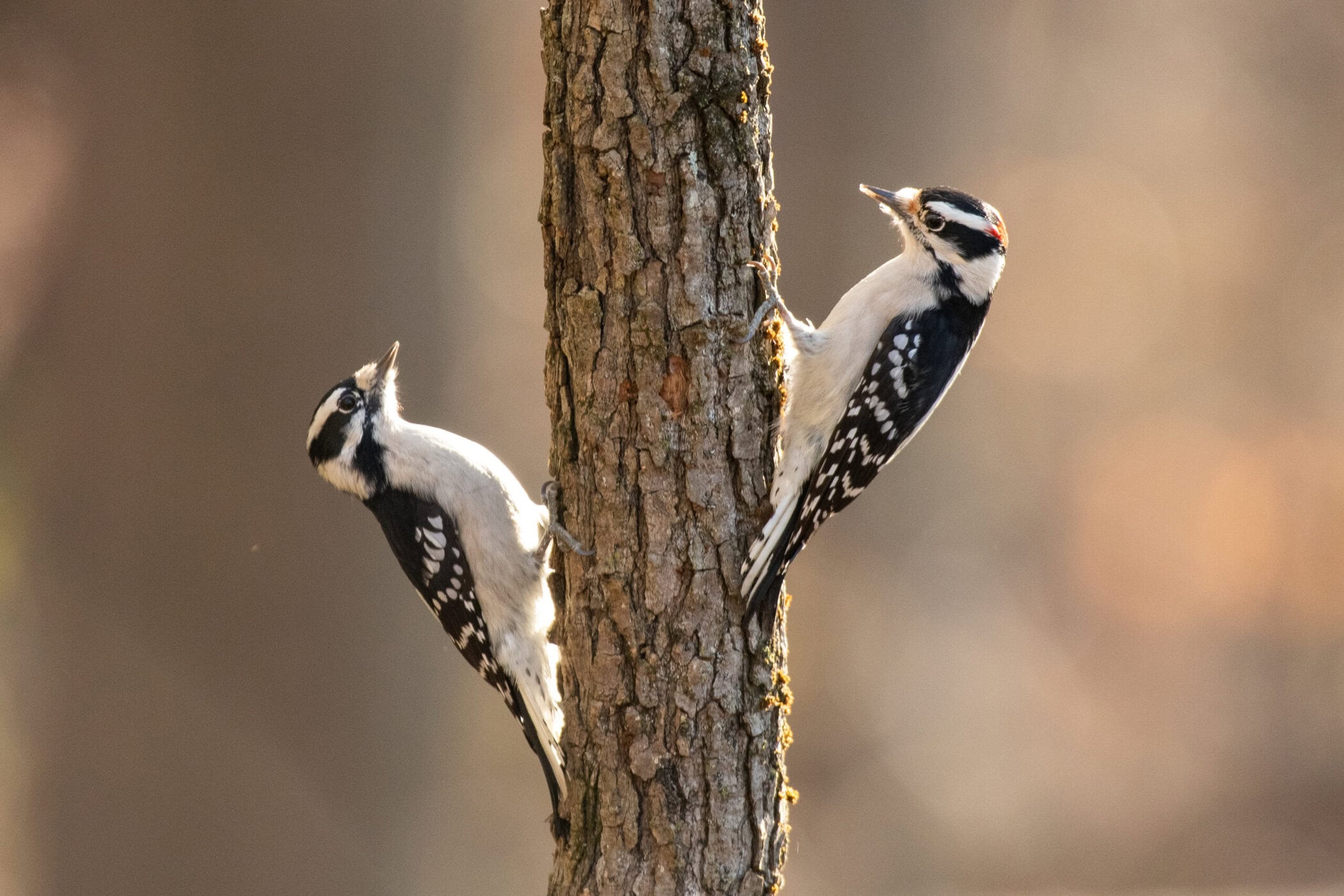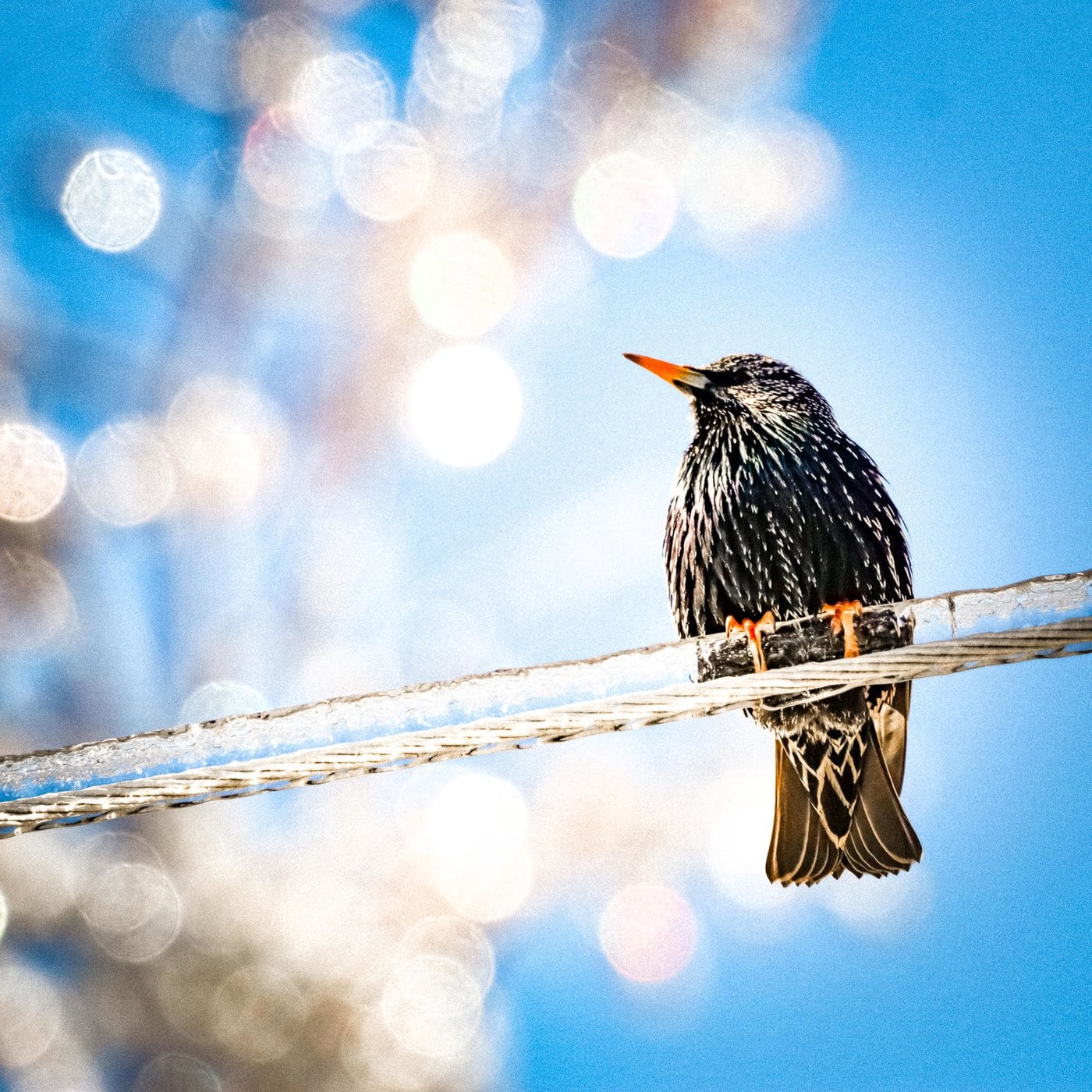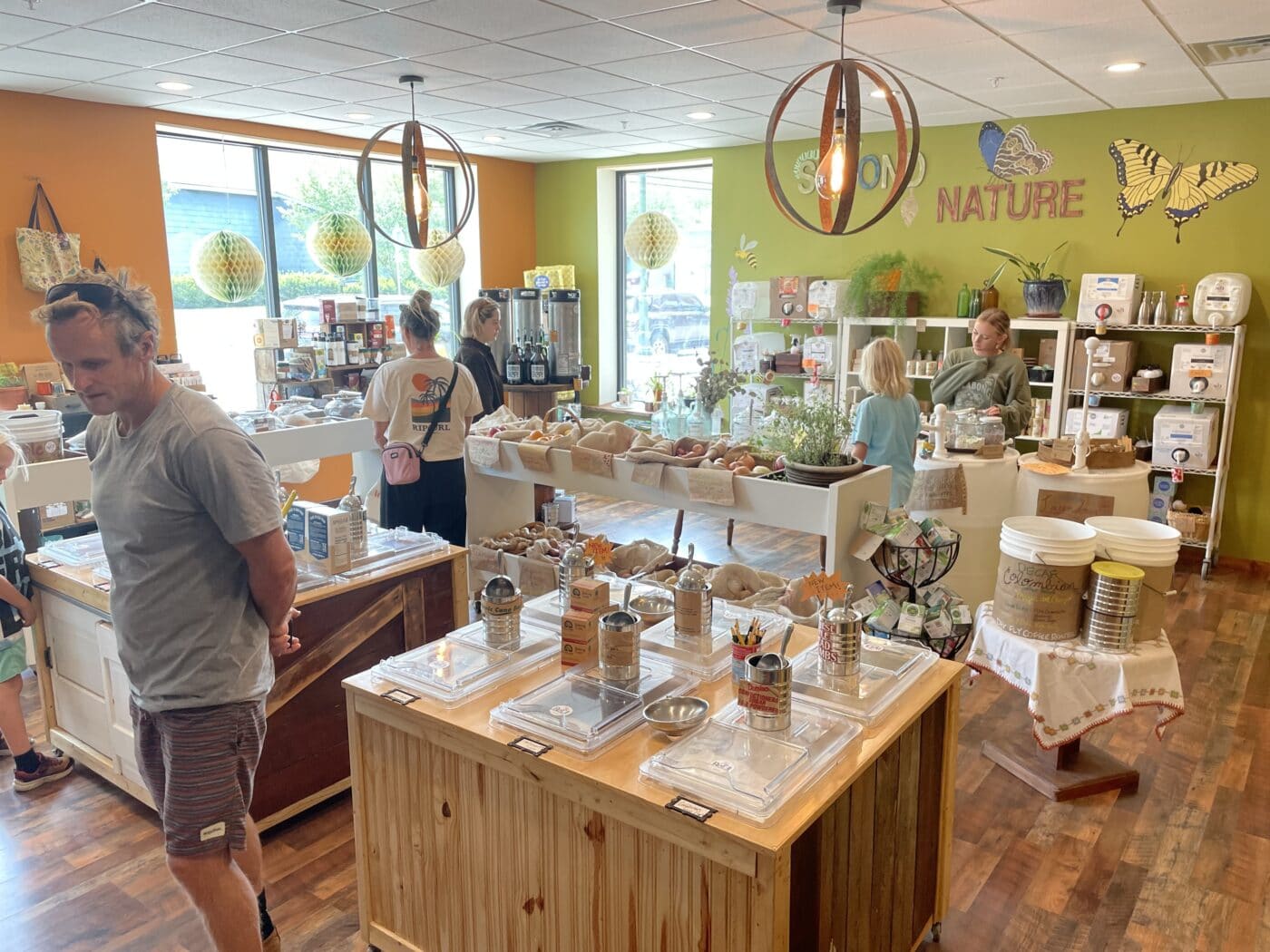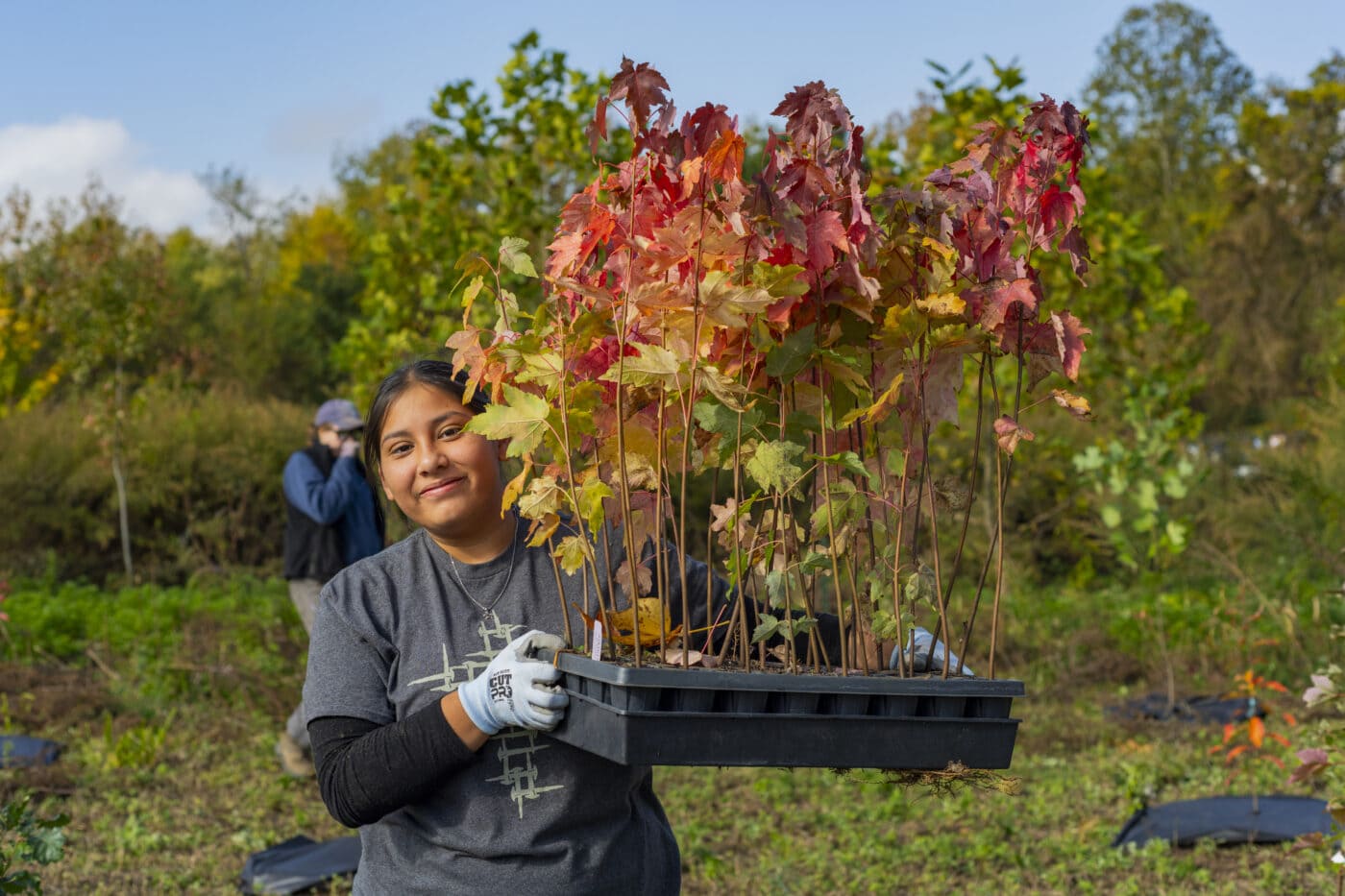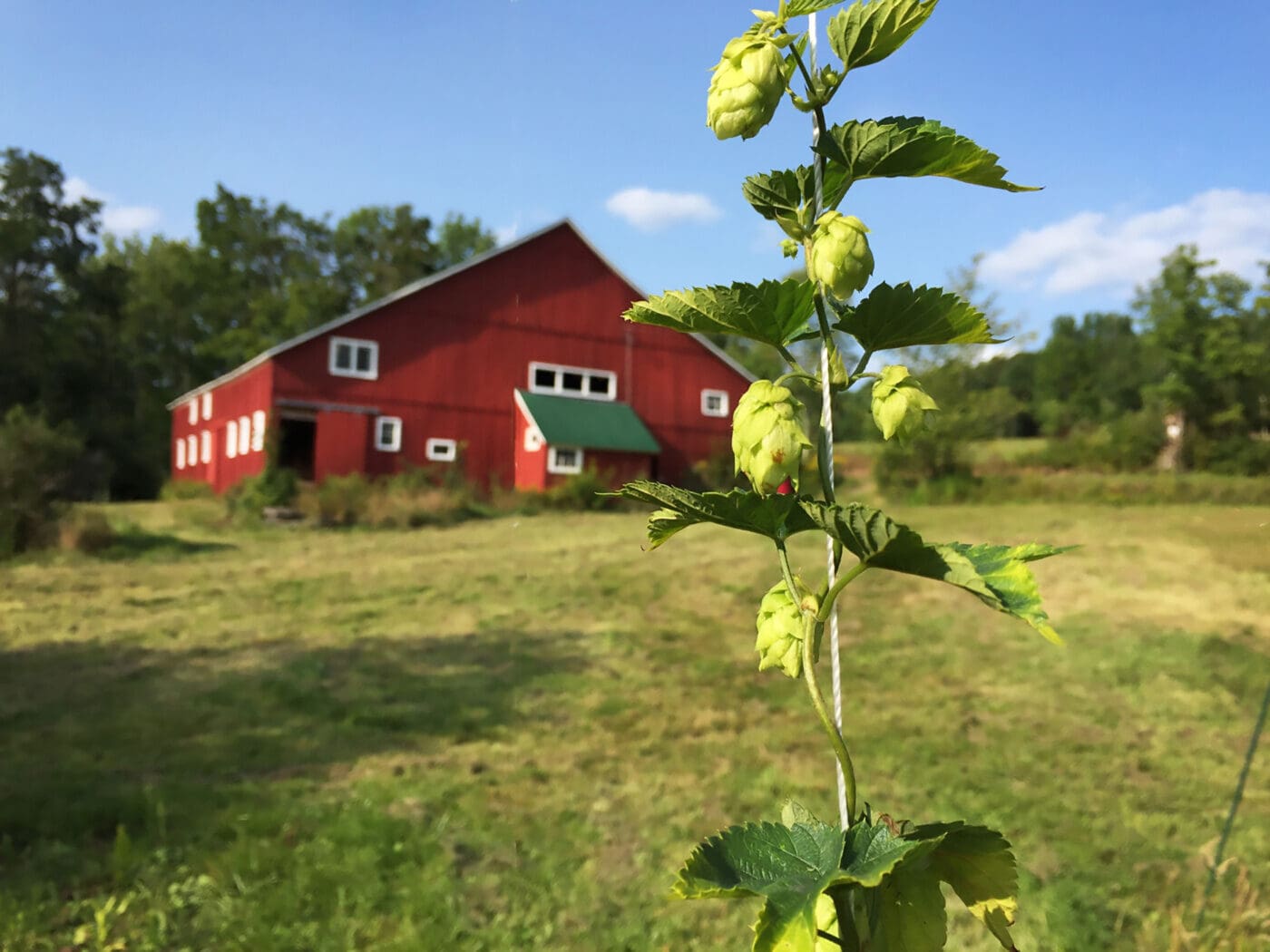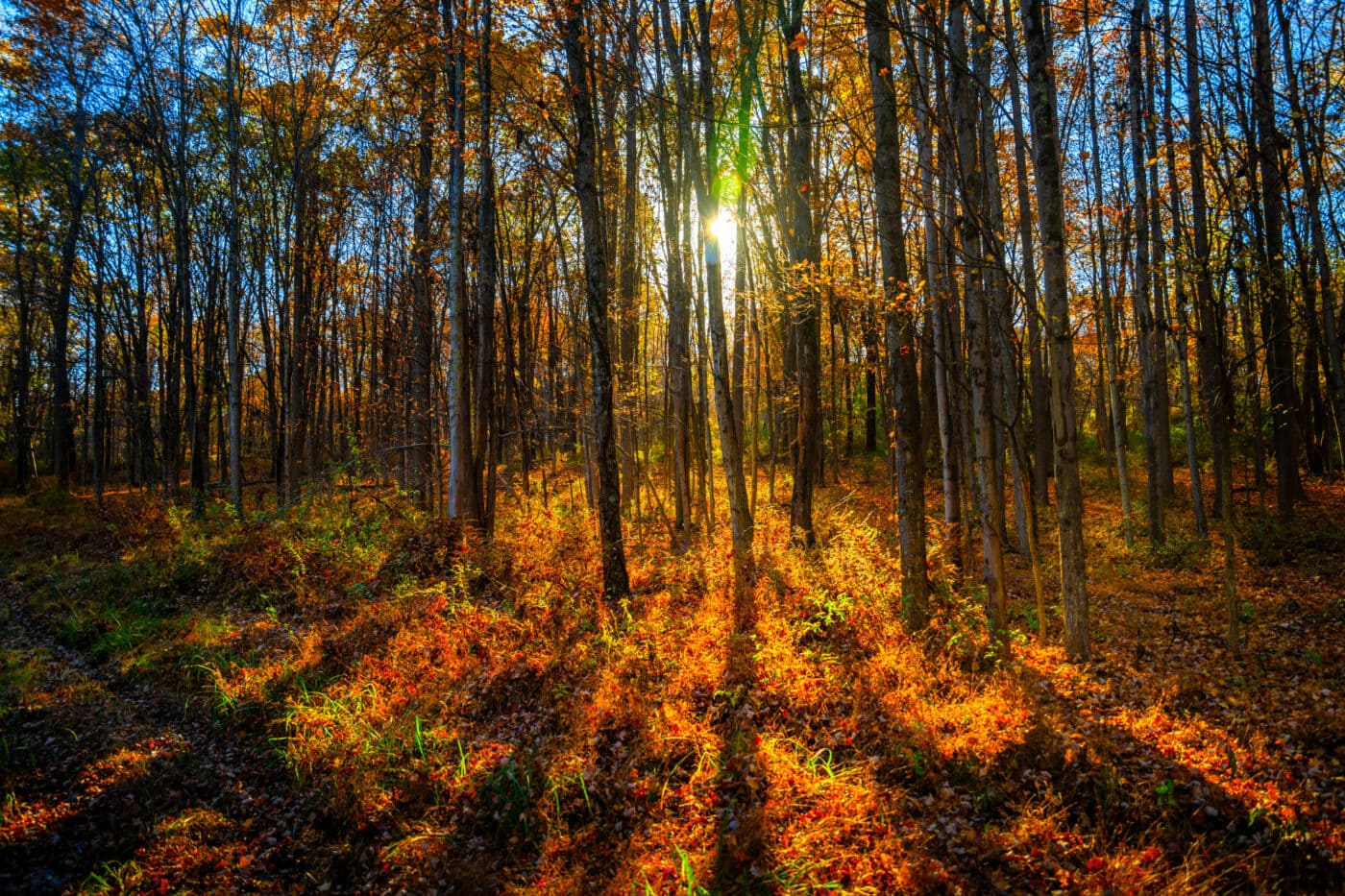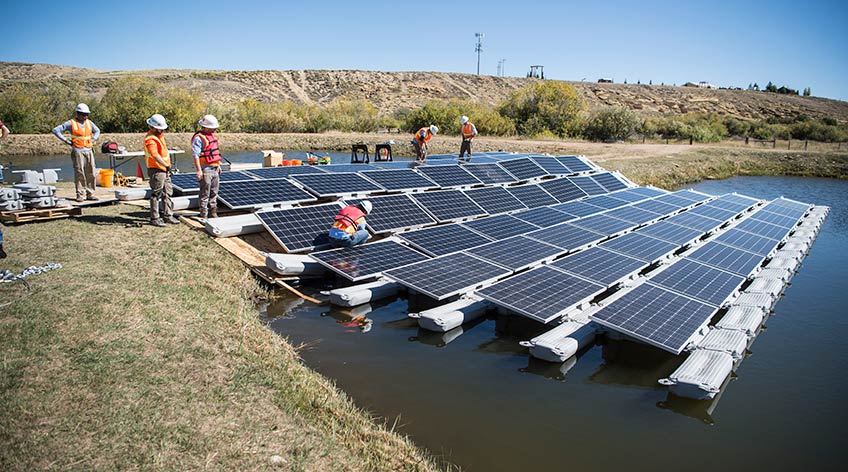The humble honeybee may just be a human’s new best friend. With the spring season approaching, soon bringing a growth spurt in flowering plants, the optimal time to begin beekeeping is upon us. If you have been bitten (or even stung) by the honeybee bug, then you have come across a unique hobby, one that involves equal parts compassion and commitment.
“You do not want to be a bee-haver. You need to be a beekeeper,” says Scott McArt, an associate professor at Cornell University’s Department of Entomology and program director for the Dyce Lab for Honey Bee Studies. “It’s basically a pet, and just like your cat and your dog and any other domestic animal, you have to take care of them.”
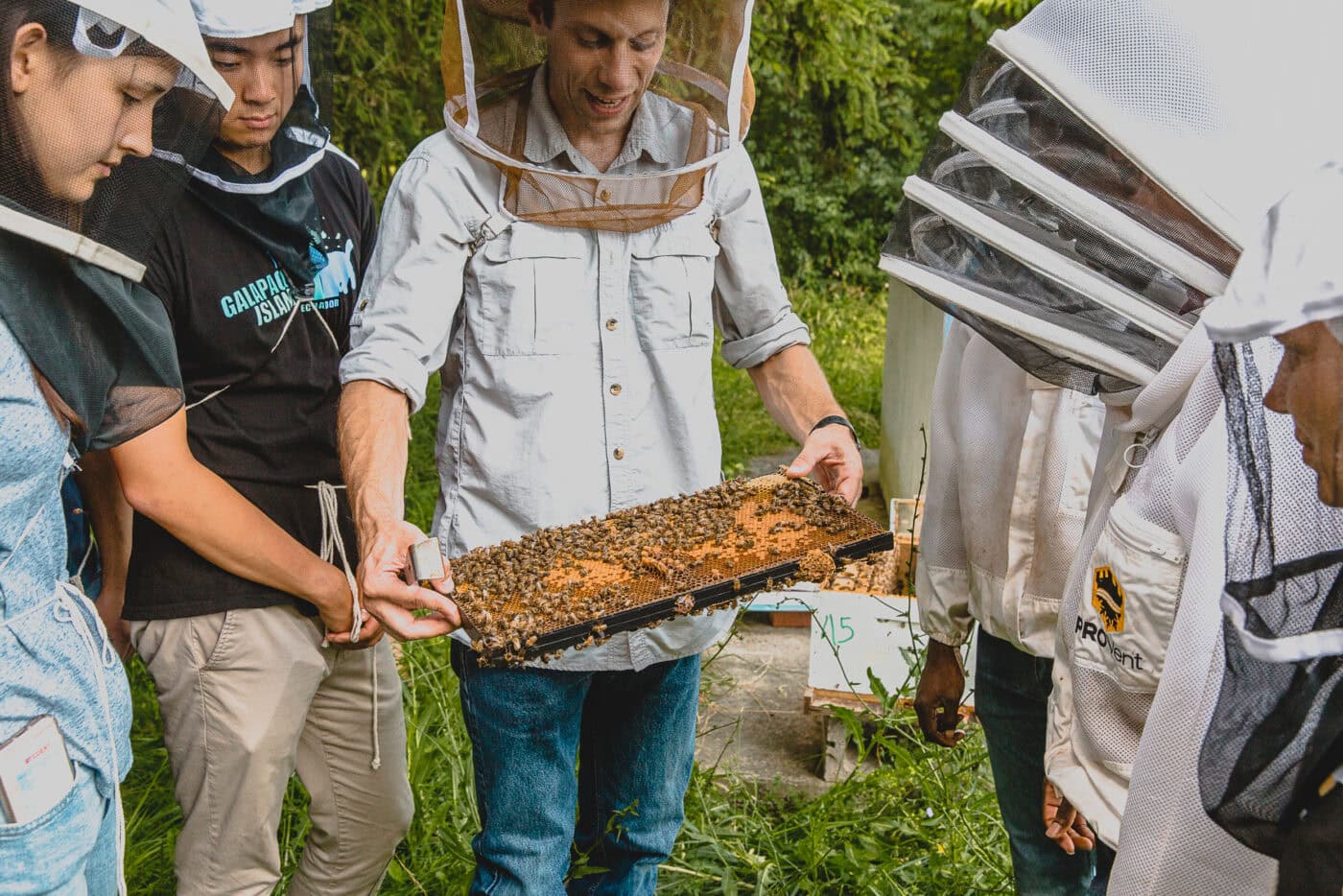
If you’re up for the job, beekeeping is ideal for diving into bee biology, promoting sustainable practices, and finding yourself in buzzworthy company. But potential beekeepers, beware: You will likely come down with a severe case of bee enthusiasm.
“You end up getting very entranced by what they do throughout their life cycle,” says Carlo Esannason, owner/operator of Fly Honey Farms in Westchester County. “I’m being a little sarcastic, but you’re going to talk about bees incessantly, to the point where people are going to go, ‘Okay, we get it.’”
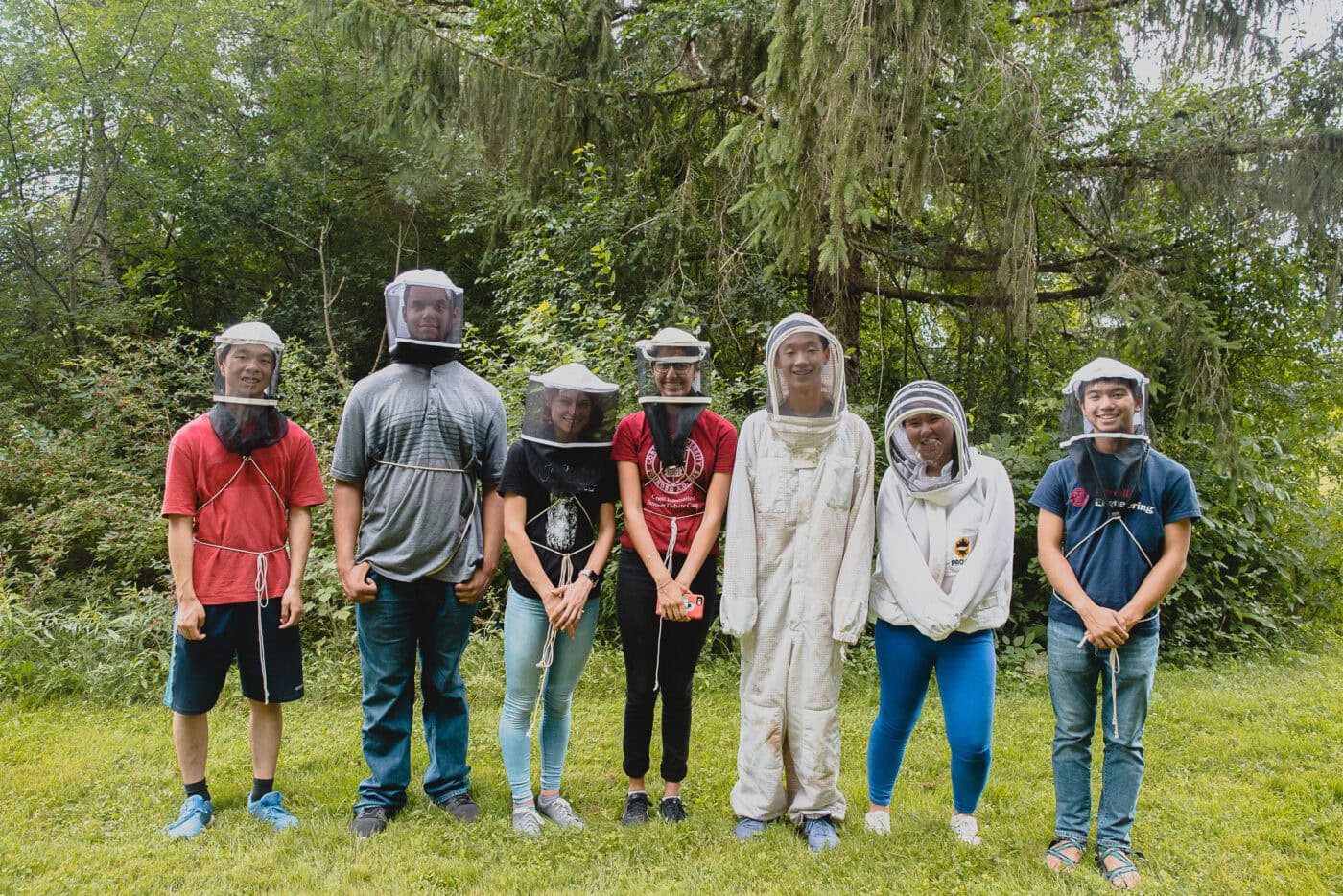
Environmental Effects of Honeybees
Despite their starring role in the “Save the Bees” campaign, honeybees are a non-native species imported to North America, contributing their billion-dollar pollinating prowess to the U.S. agricultural industry every year. But keeping honeybees should be considered more of an act of agriculture than an ecosystem service, according to several studies and experts.
When scientists stationed honeybees in two Florida forests, the rate of wild bee flower visitation dropped by up to 19%. In another example, the more honeybee colonies in an urban area, the fewer visits wild bees paid to plants. In a meta-analysis of many studies, 66% of 216 peer-reviewed papers that focused on interactions between managed bees and ecosystems demonstrated evidence of negative impacts, a 2022 literature review found. The University of Massachusetts Amherst’s Pollinators project puts it plainly: “If your goal is to improve pollinator health, getting a hive is not the best way to help, despite what you may have heard in the news.”
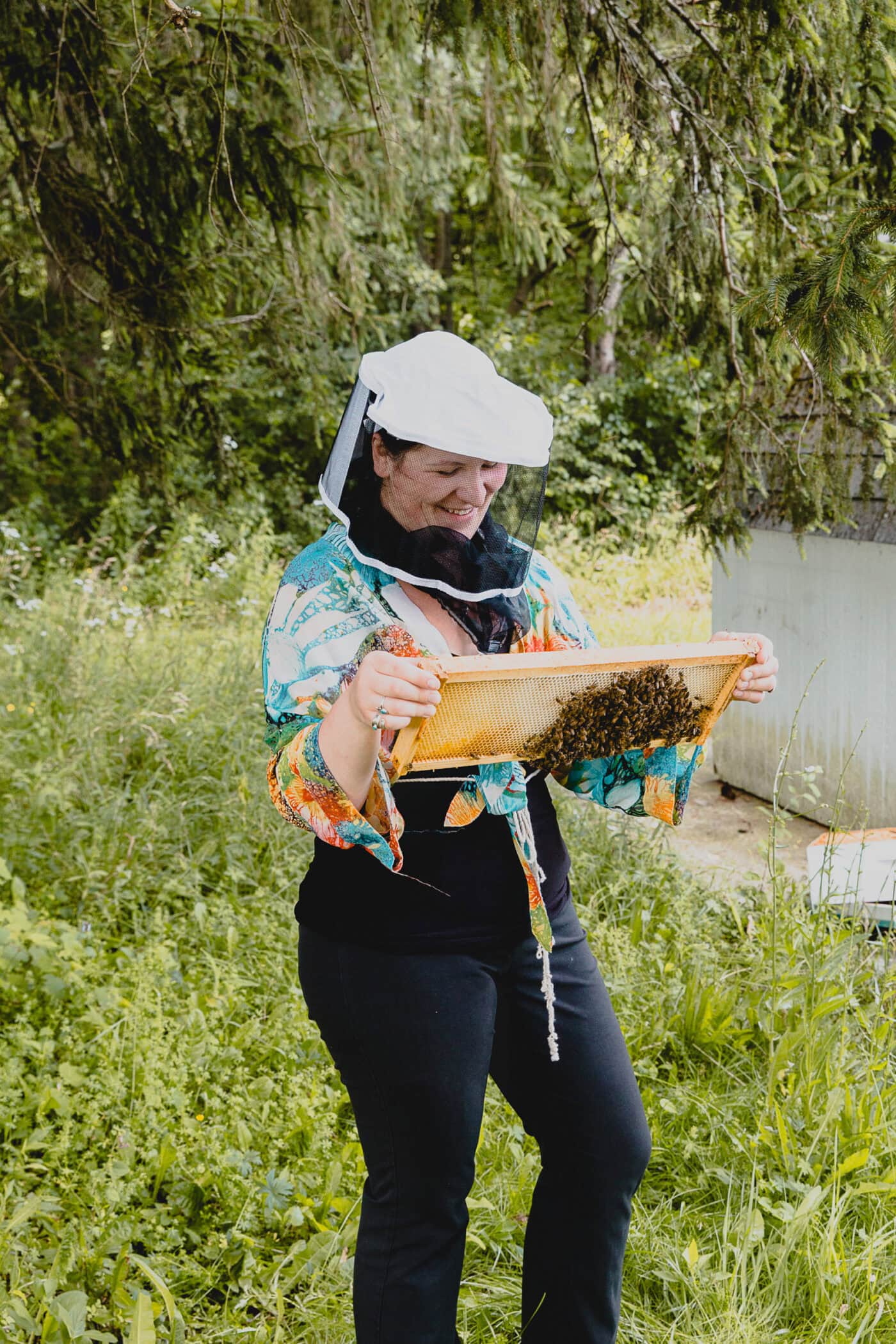
“It turns out that there is some evidence that, at some times, managed honeybees can actually out-compete native wild bees for resources, or they can spill some of their diseases over to those native wild bees,” says McArt. “That is a very controversial subject right now.”
Still, the science has yet to come to a crystal-clear consensus on the relationship between honeybees and native bees. For instance, in a 2024 analysis of 93 studies covering 35 crops, researchers found that honeybees and their wild insect pollinator counterparts each made up about half of crop flower visits. Uncovering the best knowledge available remains an ongoing process.
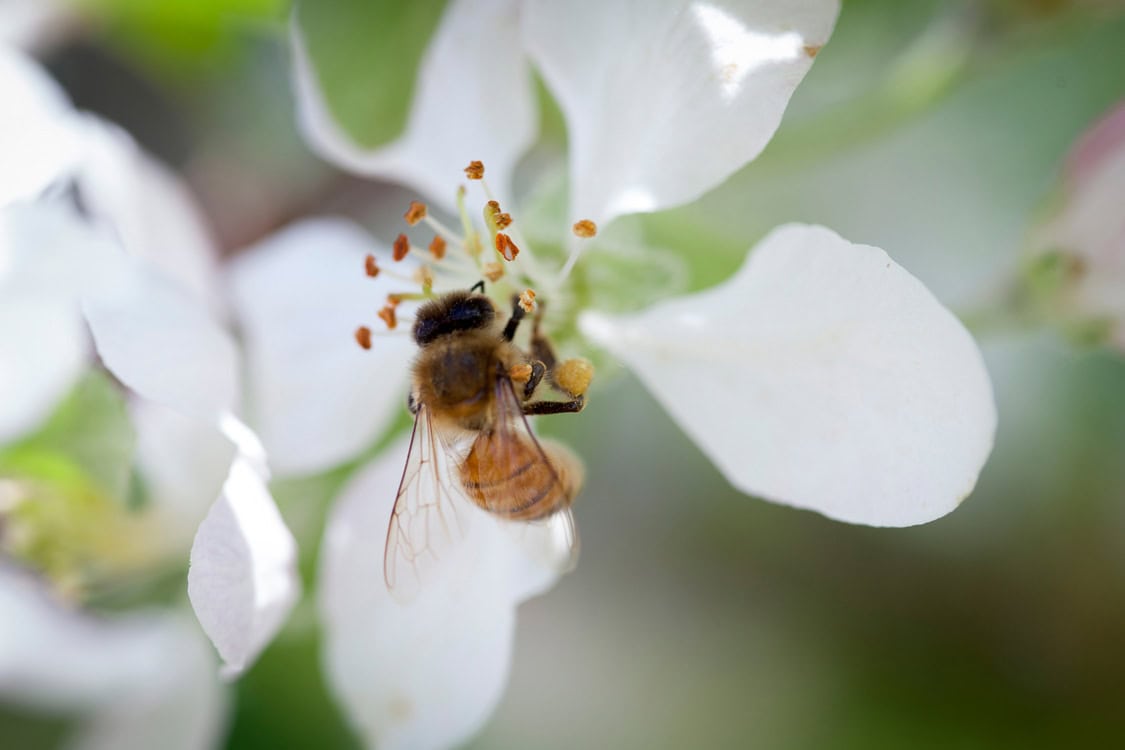
“We’re doing some of that research in our lab, and there’s other labs that are doing that research, as well,” says McArt. “I would say the jury’s still out on when and where there are negative impacts of managed honeybees on native wild bees.”
How to Get Started
Just because honeybees aren’t the ones we save doesn’t mean that keeping them isn’t worth it. From beekeeping for its own sake to making products like local honey and beeswax, there are plenty of great reasons to be one with the bees.
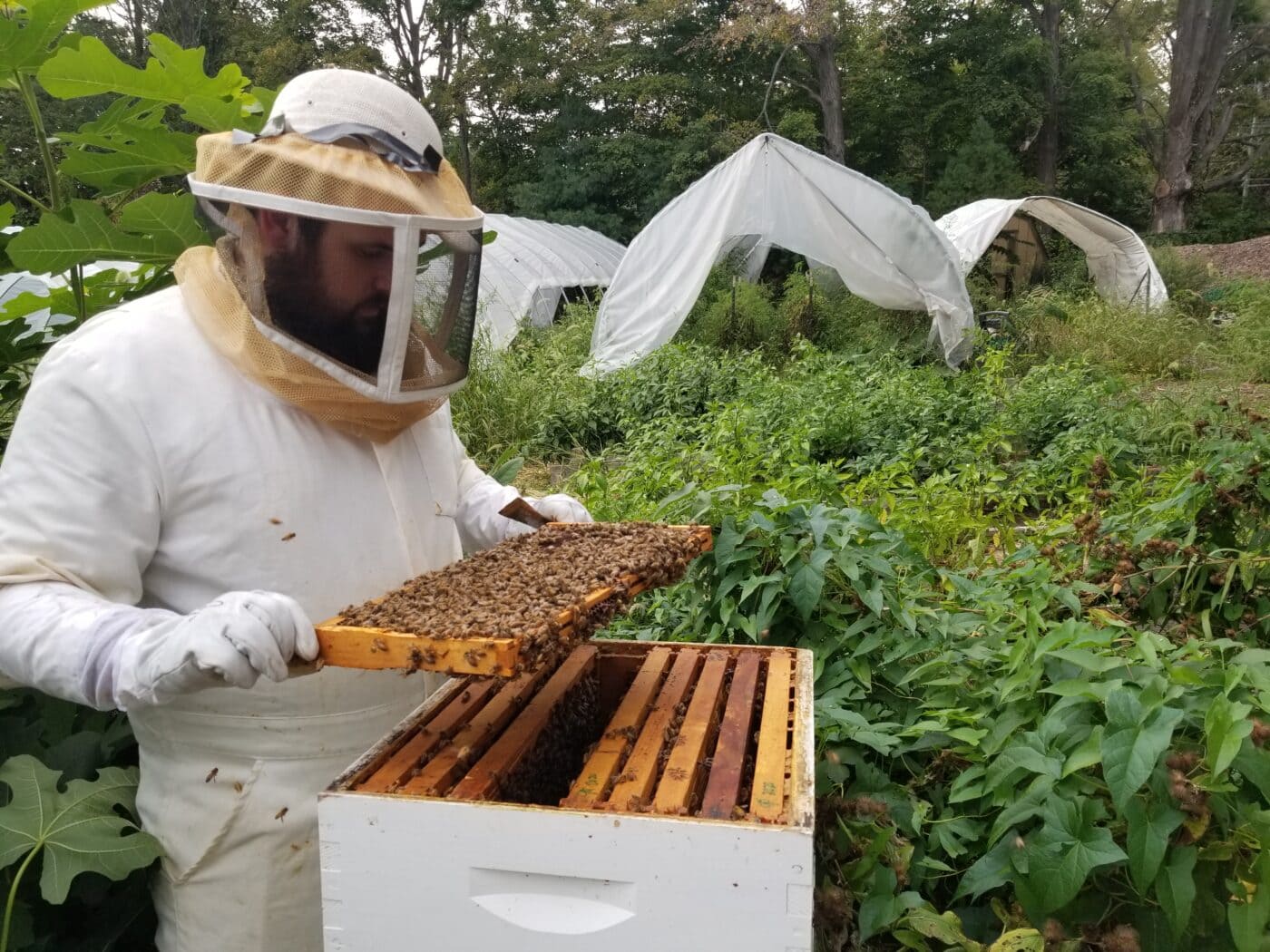
“As a hobby, you can get into bees just because you love them, and you can start producing things because beekeeping is a form of agriculture,” says McArt. “It’s a domesticated animal that we have put into boxes, and we can get a lot of enjoyment out of working with them.”
Fly Honey Farms hosts apiaries, or beehive collections, on both commercial and residential properties, according to Esannason. “If successful and if chosen, you get to give the benefit of the bees’ hard work to your local area by way of pollination,” he says. “And then at the end of it all, if and when the bees are successful and happy and produce honey, and you can harvest the honey, you get to give that and enjoy that gift, as well.”

Before setting out on your beekeeping journey, be sure to check state laws, and let neighbors know if the bees will live in your backyard. Esannason emphasizes the importance of planning, from considering the direction your hives will face (sun or shade) to ensuring you have time to regularly check on your bees.
McArt adds that managing for the Varroa mite, a deadly parasite that acts as the main threat to honeybees, can help your colonies thrive and keep native bees free of disease spillover. And yes, the bees will sting, but you’ll get used to it. “The funny thing is, the perspective changes after a while, as in, the bees didn’t do that to you. You put yourself in a position to get stung by the bees,” says Esannason.
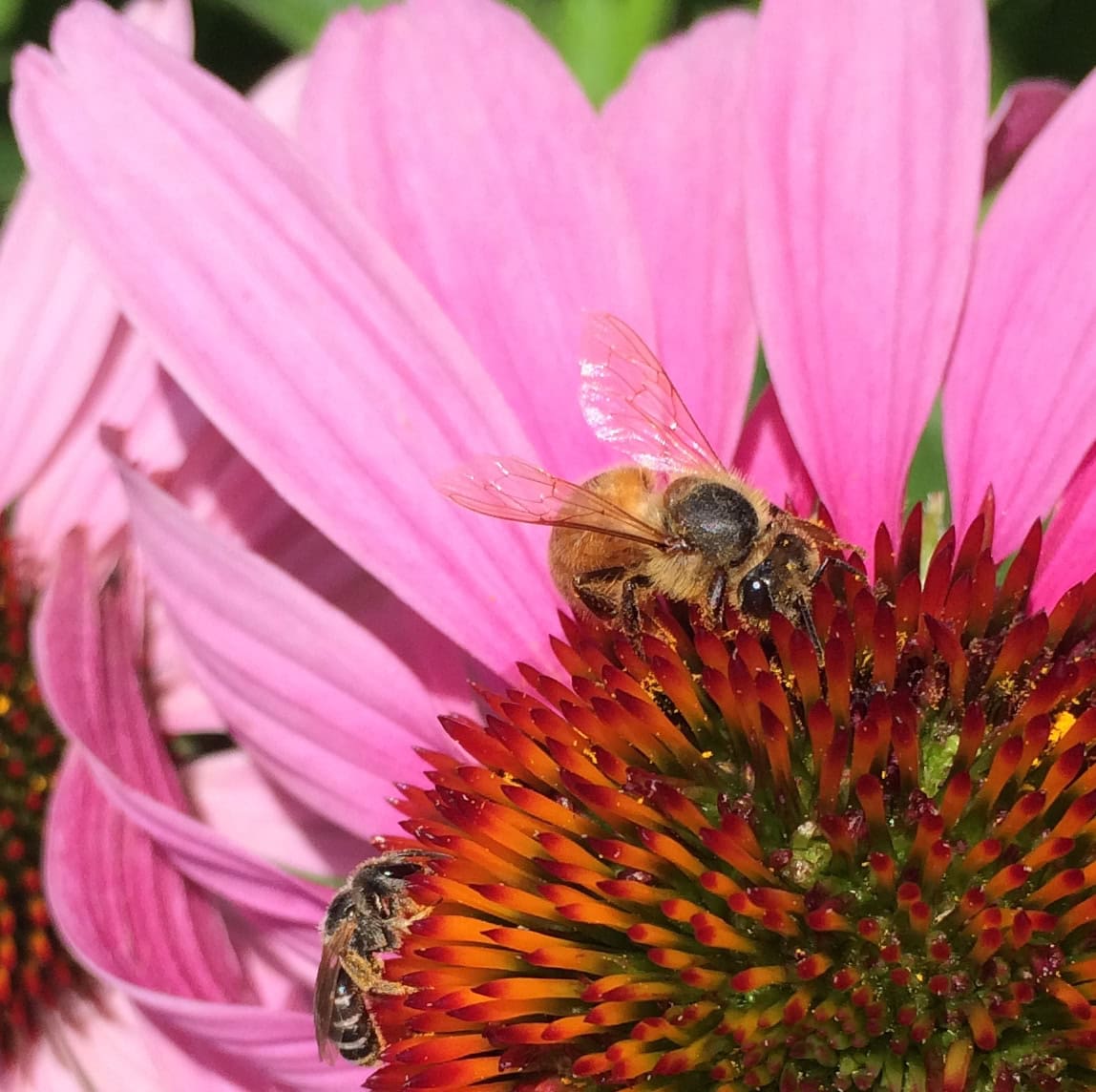
For novice beekeepers, Cornell offers a certificate in Beekeeping Essentials, while experts can turn to the Master Beekeeping program. The university also publicizes a Northeast beekeeping calendar for anyone’s reference. In New York, beekeepers can join the Empire State Honey Producers Association or get involved in one of over 40 regional beekeeping clubs listed on the Dyce Lab website.
For Esannason, beekeeping is a purposeful project, one which allows him to pay it forward while giving back at the same time — in essence, it’s like seeing the hive for the bees. “Yes, I bee keep. Yes, I own a business,” he says. “But it’s bigger than me doing the beekeeping. It’s me doing the beekeeping on behalf of the community.”


